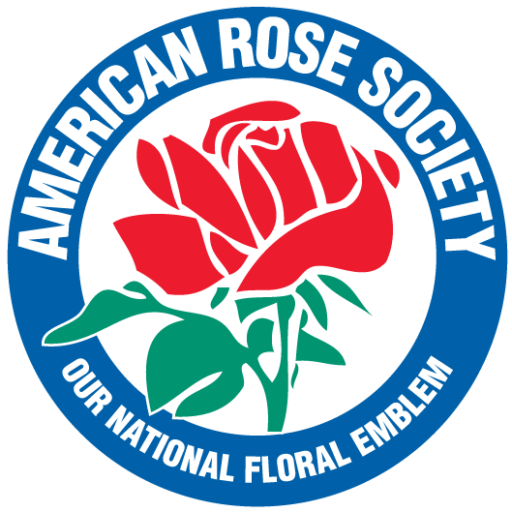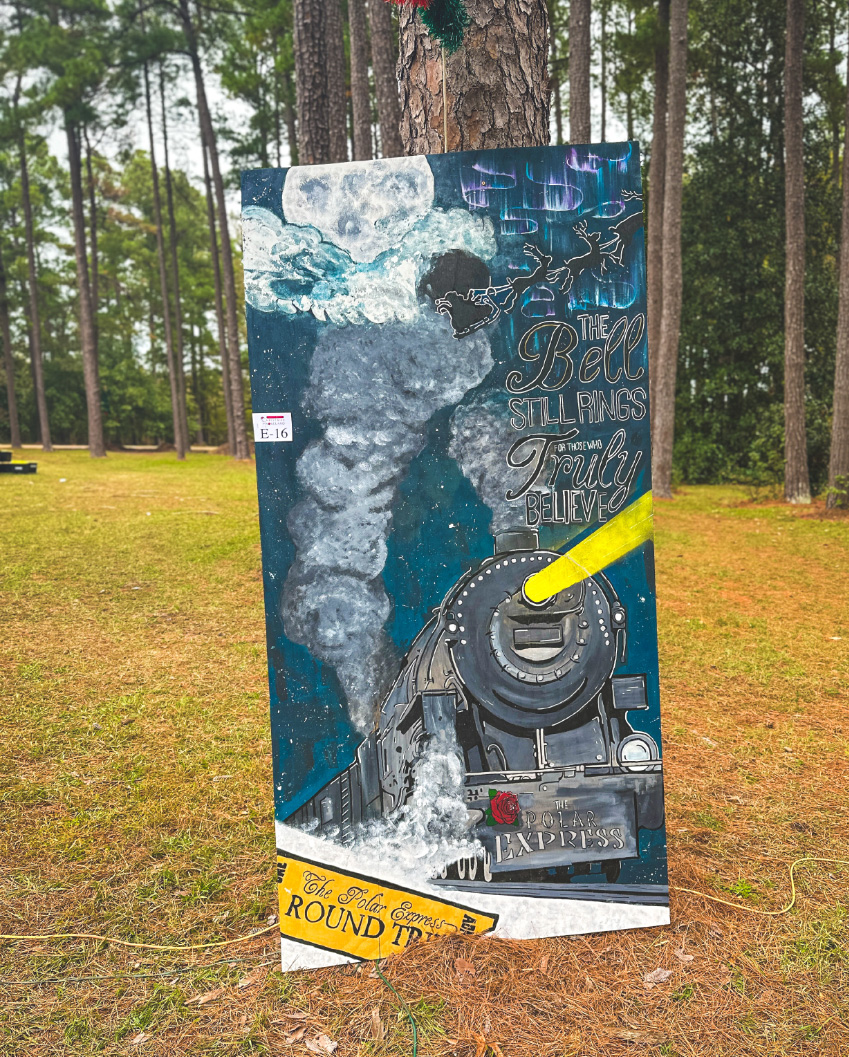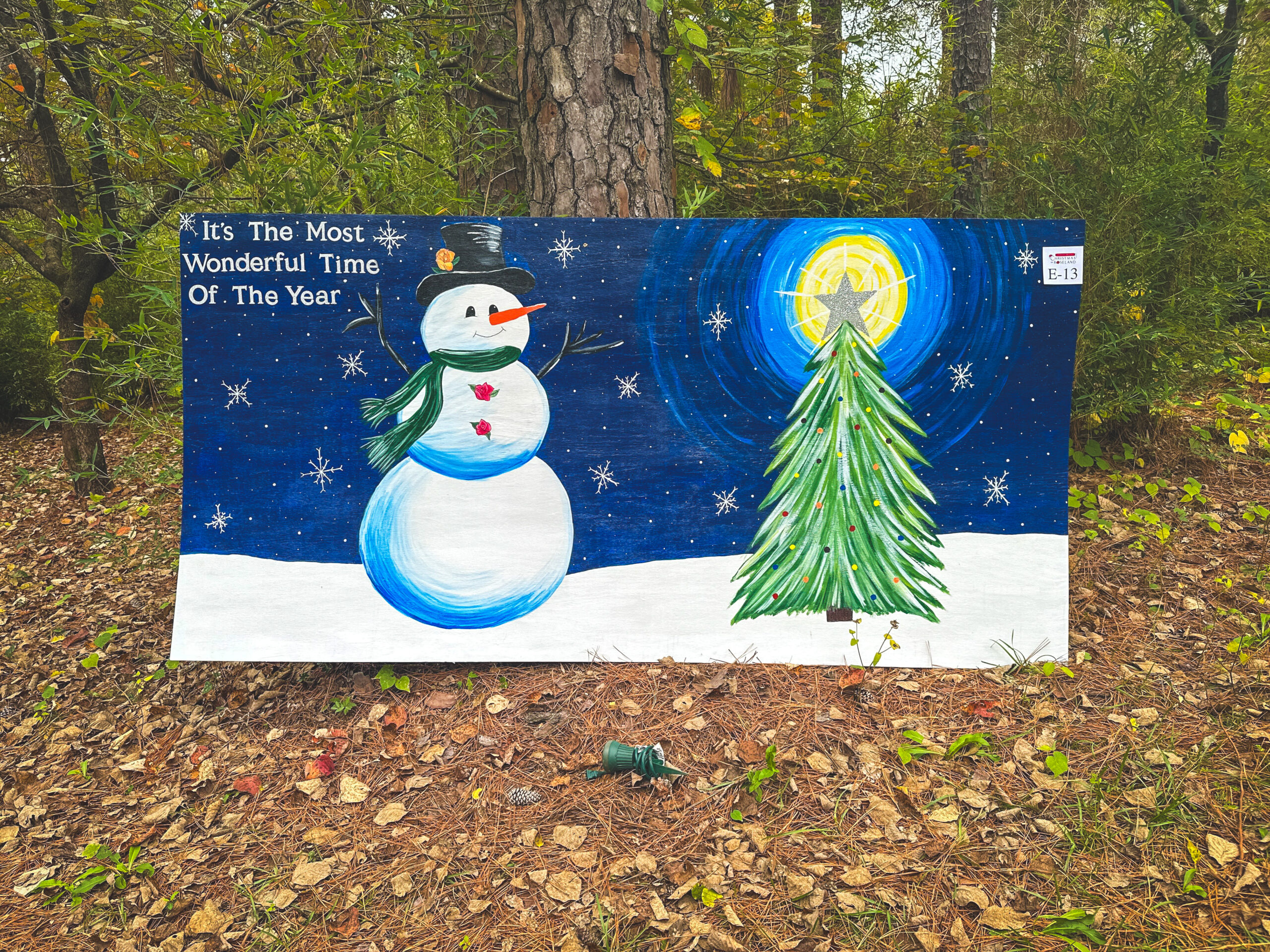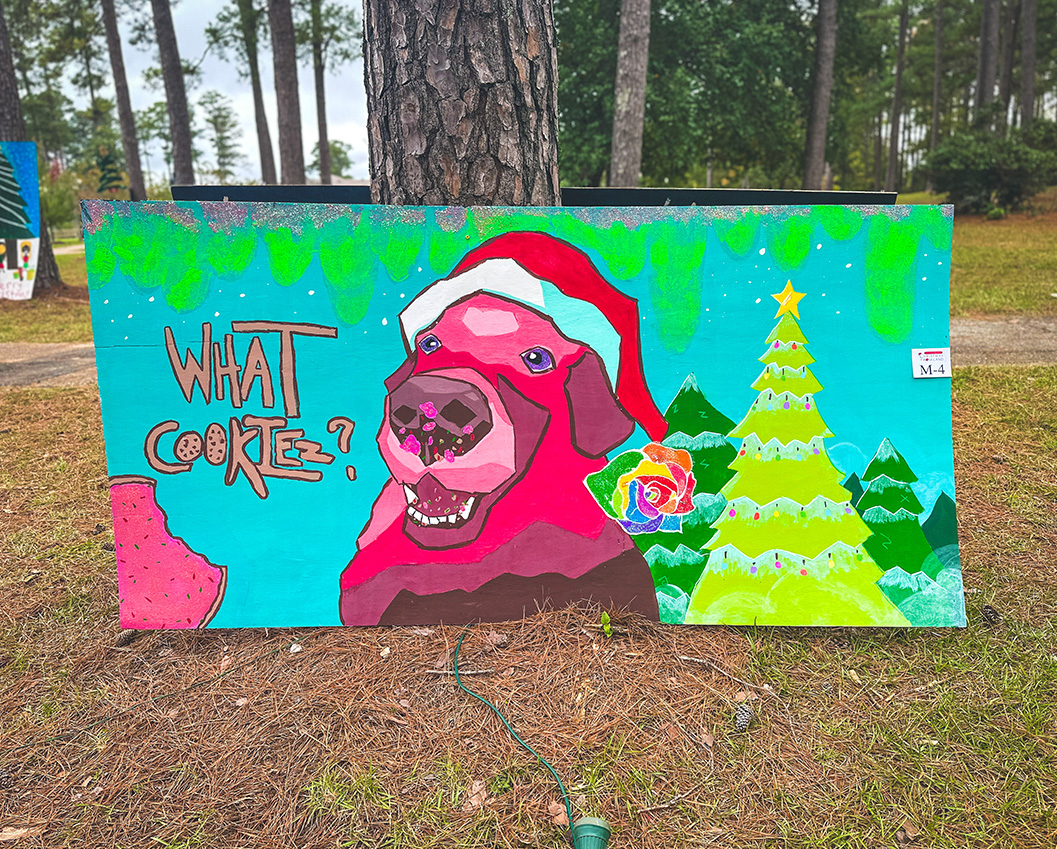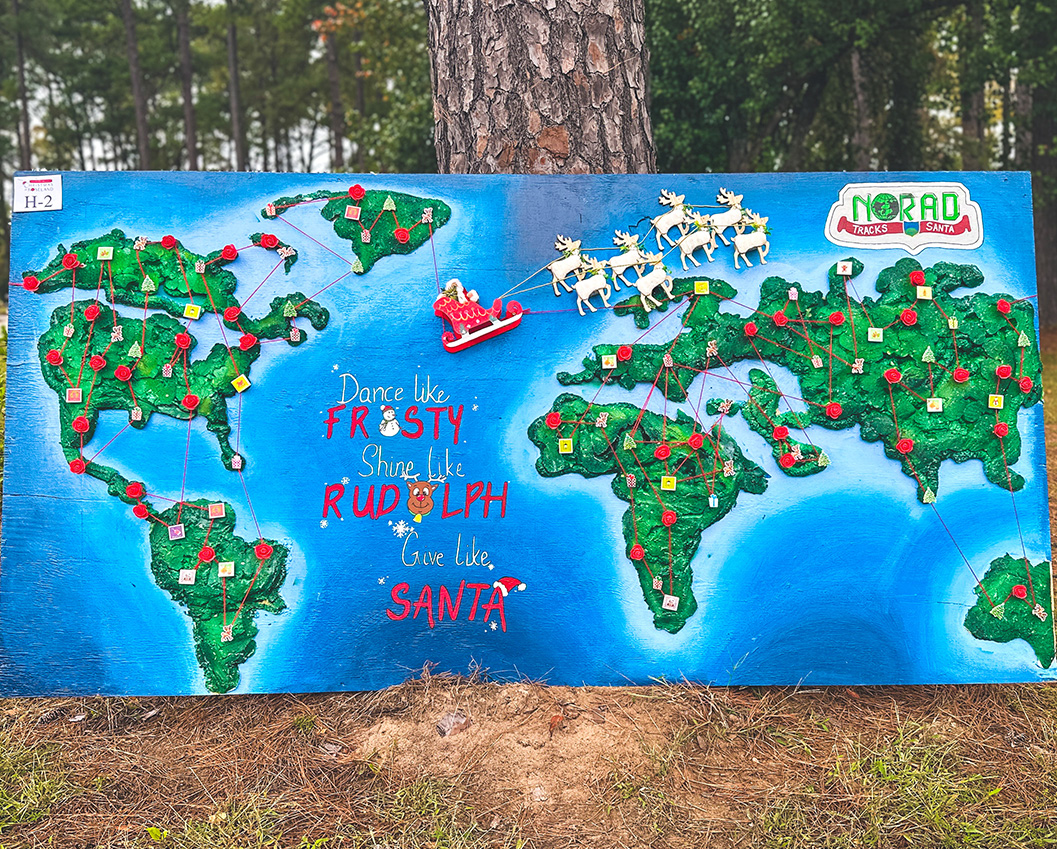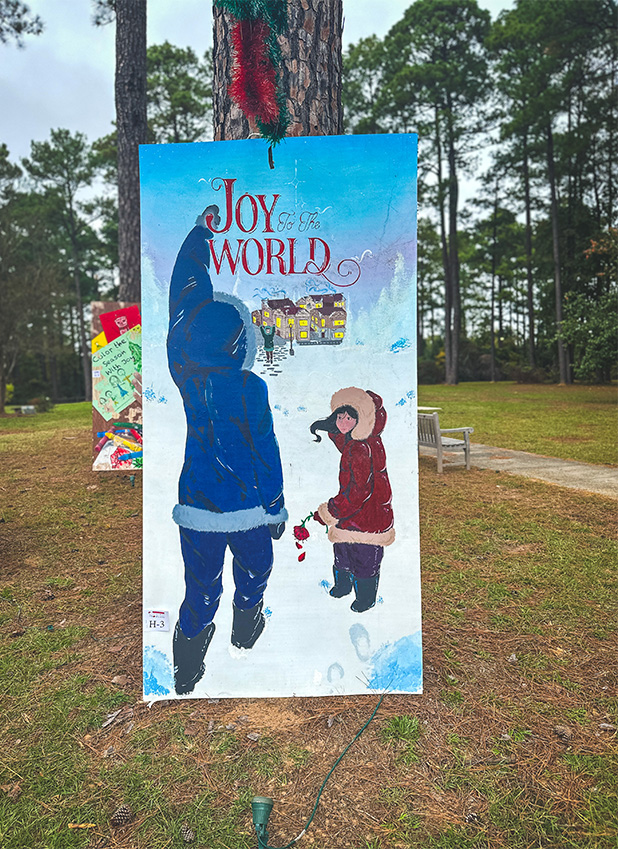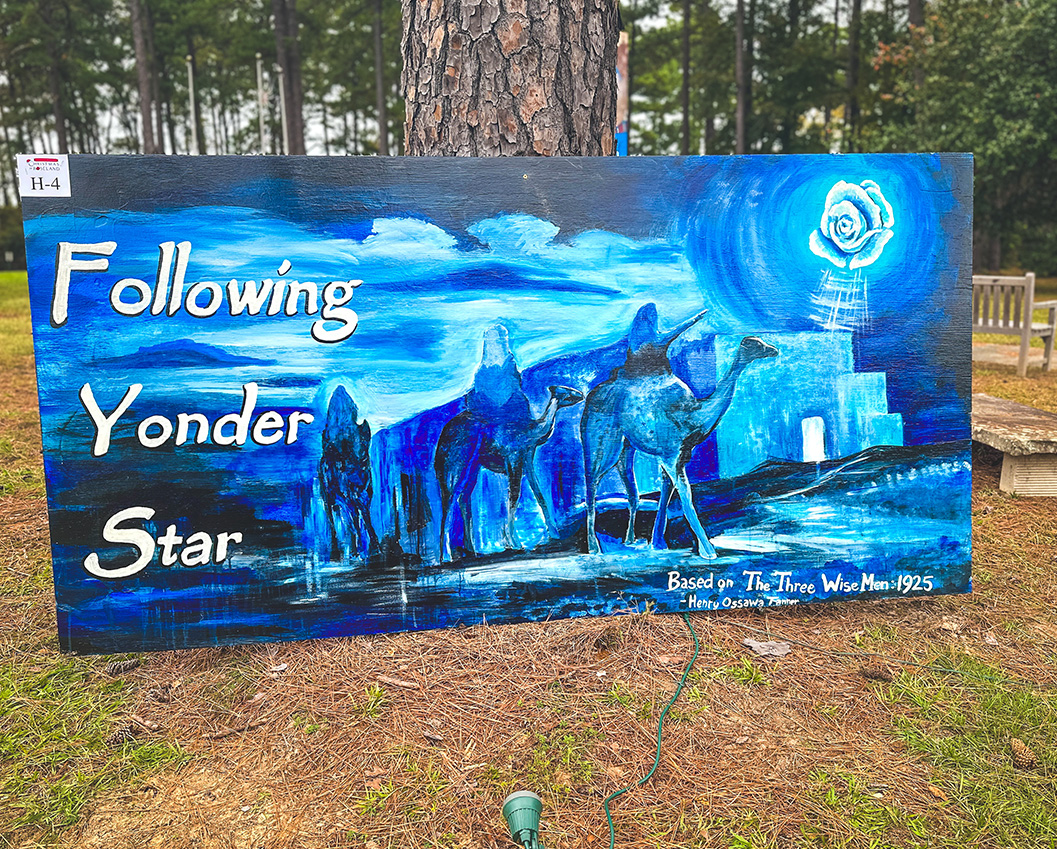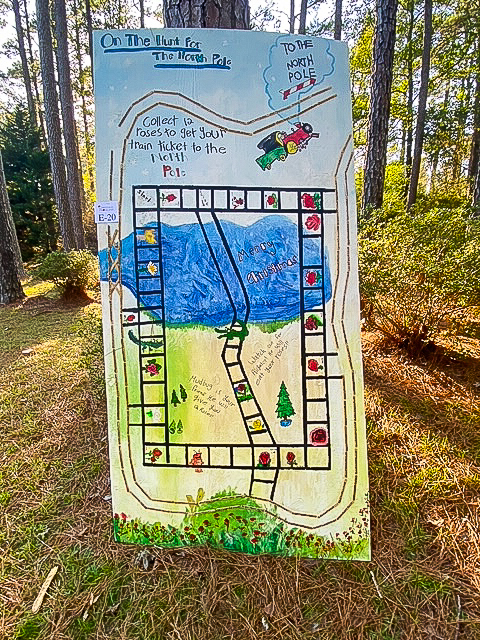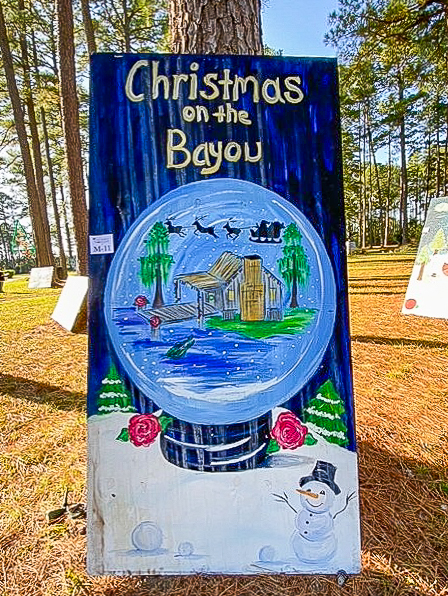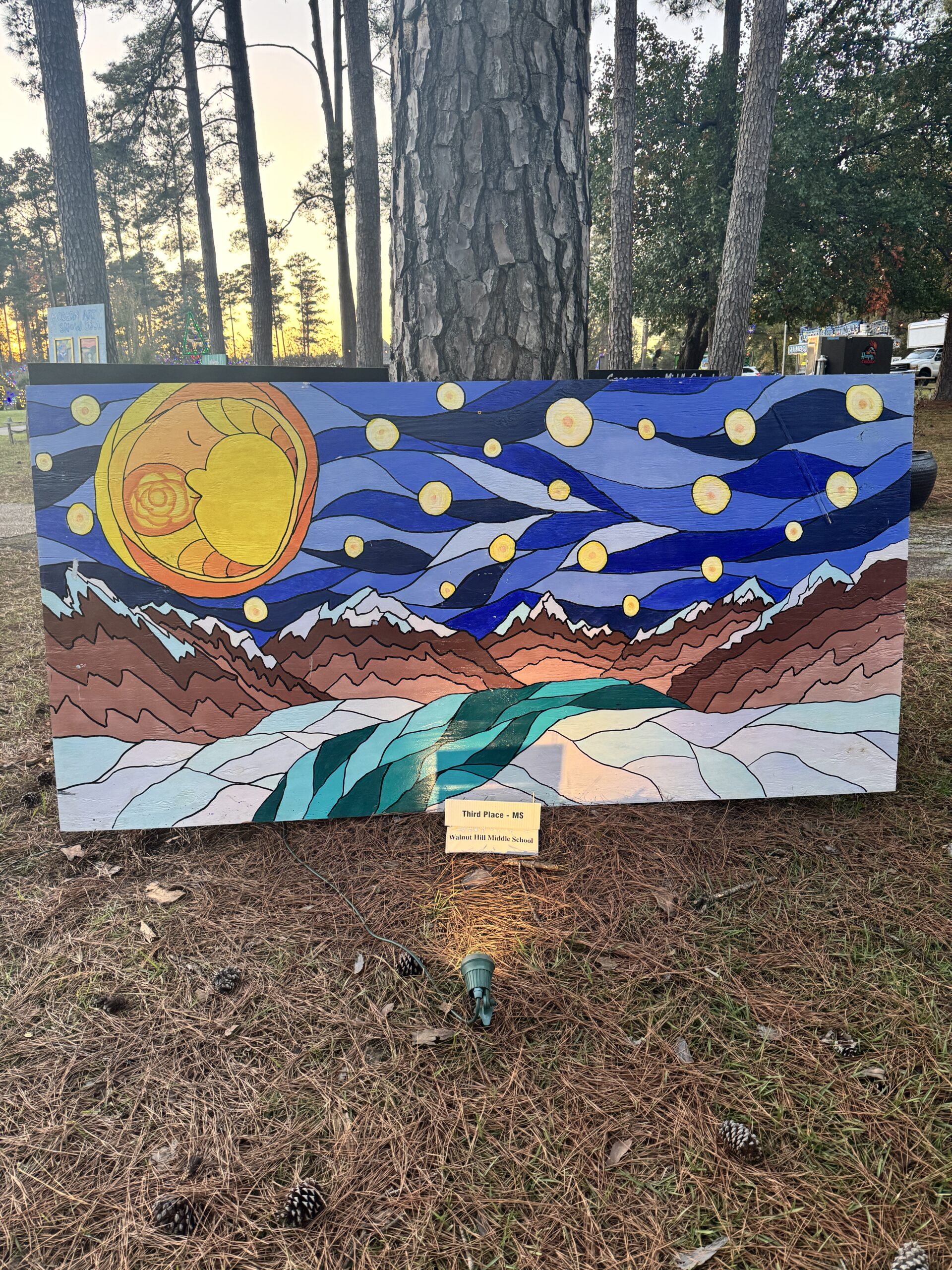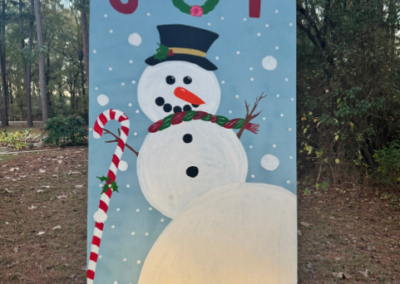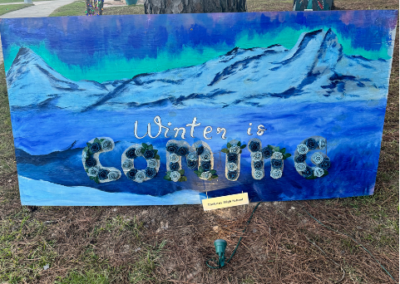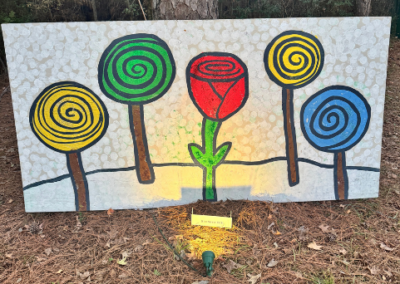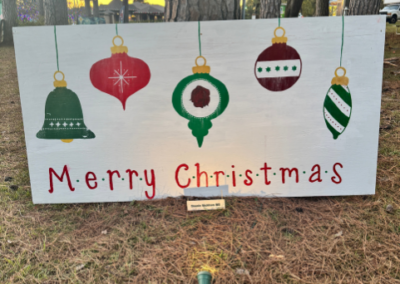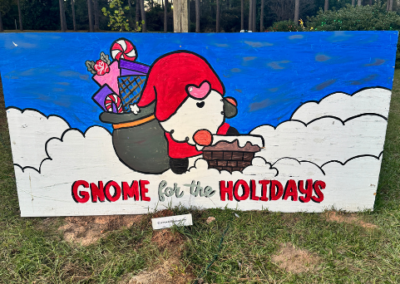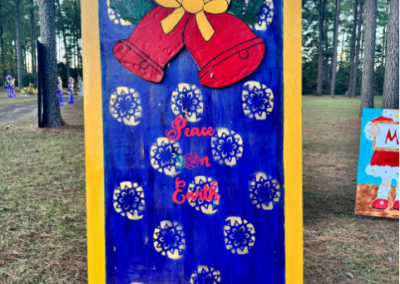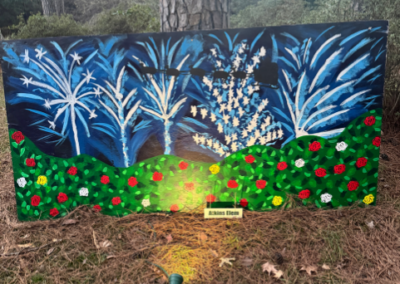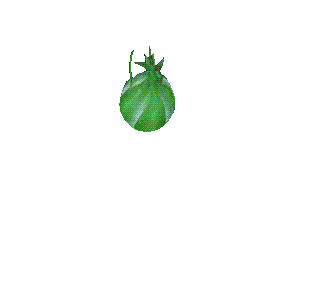This is a 2020 AOM winner
One constant problem that rose lovers have to deal with when cultivating their favorite flower is that of fungal disease. Powdery mildew, black spot, anthracnose and other leaf spot diseases, and rust are all fungal diseases that have spores that travel easily through the air to spread to other parts of the plant they inhabit or plants nearby. The parts of the fungus that produce the spores are not visible, so these diseases are not obvious until they have germinated and created spores.
Because of this, these diseases have to be addressed before we can actually see them. We do this by using fungicides, sprays that will kill the disease or prevent the spores from spreading. There are many different products available for this, and most of them work all of the previously mentioned diseases. Botrytis and downy mildew have different growth processes and are not usually affected by these fungicides.
Fungicide development history
The first efforts to deal with these plant diseases occurred in the 1600’s when farmers were concerned about the health of their food crops. Initially they used common products such as brine or arsenic; by 1760 the application of copper sulfate was used in seed treatment. In the mid 1800’s sulfur dust, lime sulfur, and finally the Bordeaux solution (a combination of copper sulfate and slaked lime) were used to deal with powdery mildew and other foliar diseases.
In the 1940’s as gardening and landscape plant production gained importance, a synthetically produced compound, chlorothalonil, was found to be a successful way of eradicating fungal diseases. A contact fungicide, it was easier to mix and use. It was widely used in agriculture. However, the incidence of copper contaminating the soil, and the recent exploration into its toxicity for bees and possible carcinogenic properties has led some countries to ban its use. It is still available for sale in the United States.
In the first half of the 20th century other contact fungicides such as the phthalimides (Captan) and the dithiocarbamates (Maneb, Mancozeb) were produced and found to even easier to prepare, more active, and less phytotoxic.
All these early used fungicides were contact fungicides, meaning they were effective only when they physically touched the pathogens. The success of contact products is subject to good plant coverage and consistent reapplication to address new growth and environmental degradation. In addition, these products are multisite, meaning they have a broad, untargeted function that could damage other parts of the plant’s foliage.
In the latter half of the 20th century chemists gained knowledge and experimented with synthetic products. They produced the first systemic fungicide product, the thiabendazoles. Systemic fungicides enter the plant cells rather than stay on the leaf surface. Longer lasting than contact products, most of these products are single site, that is, targeted towards one metabolic pathway of the fungus. The advantage is more effective prevention and less plant damage.
Disease resistance
This brings us to the topic of disease resistance to targeted fungicides. Because only one life process of the fungus is addressed, with consistent use it is possible for a pathogen to develop a genetic work around, avoiding the fungicide’s effects. As the fungicide is repeatedly used, the pathogens that survive its assault reproduce and thrive. The fungicide is no longer useful in protecting the plant. As a result, the first systemics are no longer as effective as they once were.
The first recognized occurrence of resistance to a systemic fungicide was in 1960; however, with the continued development of systemic fungicides, the problem increased. In 1981 the Fungicide Resistance Action Committee (FRAC) was formed to “discuss resistance problems and formulate plans for cooperative efforts to avoid or manage fungicide resistance.” Fungicides were analyzed and grouped by their “mode of action,” the way the products act on fungi.
The chemistry is complicated, but not necessary to understand when using the FRAC group numbers. The goal is to avoid using products with the same mode of action and to alternate between products so to avoid the opportunity for the pathogen to change its genetic code.
At the same time, interest in organic methods increased. The Organic Materials Review Institute (OMRI) was formed in 1997 to evaluate materials for use in organic agriculture. The OMRI offered certification to substances used in the production of organic food and fiber products. Those who treasure the organic approach to gardening can access the OMRI website and search for products that have been certified. Note that the definition of organic as coming from living things does not apply here as copper and sulfur are both OMRI certified.
Today we have many effective fungicides that use different approaches to fungal infection. Generally, the older products and those that are OMRI certified are contact products. Contact sprays are effective, but they demand a lot from the gardener: complete foliage coverage, repeated application within short periods of time, and possible plant tissue damage. Systemic products are more gardener friendly and less toxic to plants. The most popular systemics today are the DMI fungicides, a group that contains many chemical products such as propiconazole, muyclobutanil, or triforine. They are in FRAC group three and all use the same mode of action. Also popular are the Qol outside inhibitors that include azoxystrobin and trifloxystrobin and are in group 11.
There are several ways to use fungicides in a manner that does not produce pathogen resistance.
• use only low resistance products such as contact fungicides
• alternate between products that have different modes of action
• tank mix two different products with different modes of action, perhaps a systemic and a contact spray
It is important to realize that the names of products are not what’s important; they vary depending on the company that makes them. To further confuse things, the same company may offer different fungicides with different chemical formulations. For example, Bonide Fung-onil contains chlorothalonil, a low resistance contact product, while Bonide Infuse has the active ingredient of propiconazole, a systemic, high resistance risk product. Other brand names such as Monterey and Bayer do the same.
Read the label
This means the consumer must look at the ingredients in a product and know their properties, despite the confusing chemical names. The label has all the information you need to use the product successfully. For example, a contact spray will have to be applied consistently while a systemic one offers more flexibility. Very few products are curative; most have to be applied before you see the fungal spores, the white fuzz of powdery mildew, the black spots of leaf spot disease, or the orange pustules of rust.
In addition, the label will also contain usage amounts, information about whether the product can be tank mixed, and about the health concerns in using the product. All of those products you see at the big box home store have different things in them, and they work differently. A chart included here breaks up fungicides by mode of action and gives information about the properties of products. Brand names are listed, but new products are always being introduced. Some are relatively inexpensive, while others are more expensive, have to be ordered, and are more effective with higher percentages of active ingredients.
Once you get past the intimidating chemical names, and you know what they mean in terms of your spray program. your confidence and your roses’ health will increase.
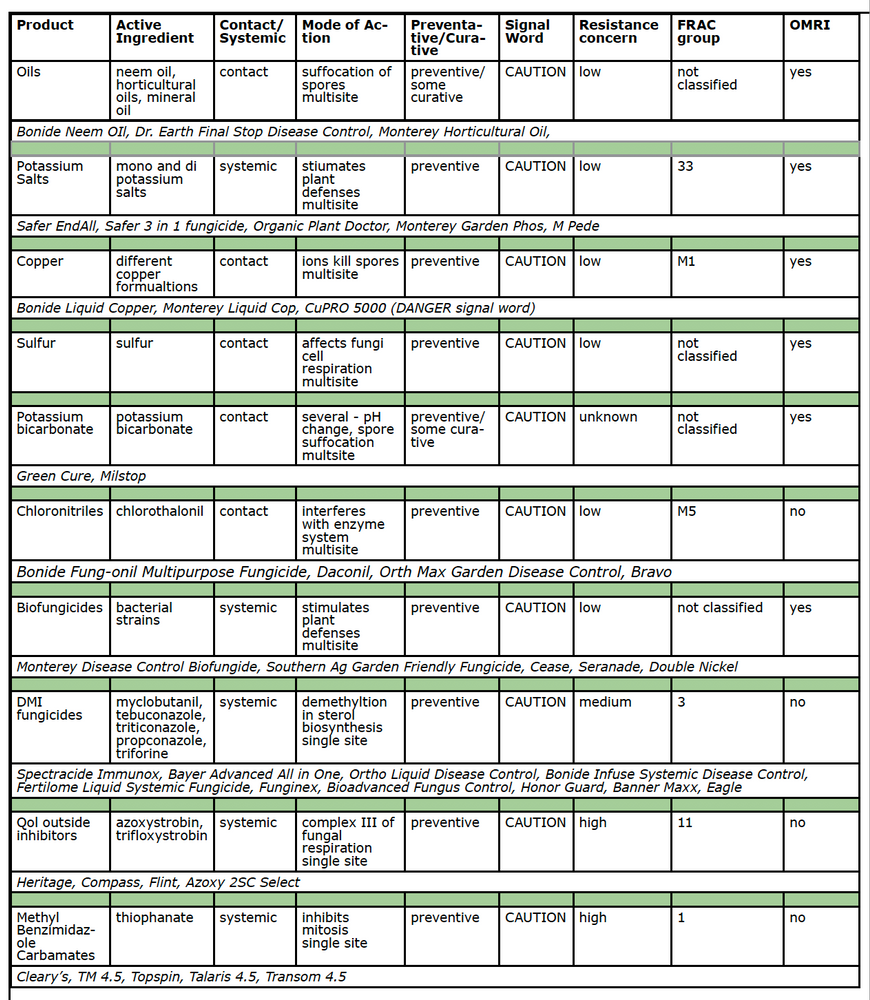
Fungicide Chart. FRAC and OMRI website.
